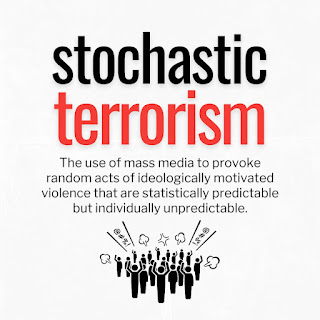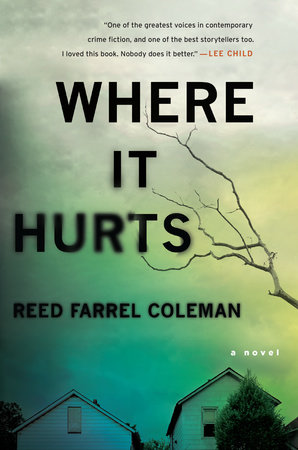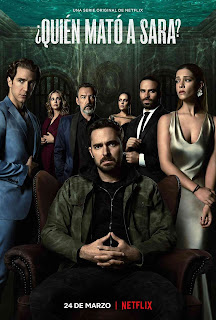This
is a gun post, so if that stuff leaves you cold, feel free to skip ahead. I’m not going to take offense. I know not everybody shares my oddball enthusiasms.
When I
was a kid, there were a lot of Westerns on TV.
They began to taper off in the early 1960’s, and cop shows and private
eyes picked up steam, but if you look at primetime in the years just previous,
Westerns dominated the schedule every night.
ABC’s Sunday line-up, for example, was Colt .45, Maverick, Lawman, The Rebel, and The Alaskans. That’s a solid block, although I guess you
could argue that The Alaskans,
strictly speaking, was more sled dogs than horse opera. (And except for The Rebel, they were all produced by Warners.) Mondays was Cheyenne. Tuesdays had Sugarfoot and Bronco, Laramie,
Wyatt Earp, and The Rifleman. Wagon Train ran on Wednesdays. Thursdays, you had Bat Masterson and Johnny
Ringo. Friday was Rawhide and Hotel de Paree. Saturday
night brought us Wanted: Dead or Alive,
Have Gun - Will Travel, and Gunsmoke.
 |
| L to R: Will Hutchins, Peter Brown, Jack Kelly, Ty Hardin, James Garner, Wayde Preston, John Russell |
Is it
any wonder that I was crazy about cowboy guns and fast draw? I drew on Wayde Preston in the titles for Colt .45, and on Richard Boone in the
opening sequence of Have Gun – Will
Travel, but I never mastered the trick of Wayde Preston’s spinning his
seven-and-a-half-inch-barreled Colts back into the holsters. By this point, mind, I’d moved on from the
cheesier grade of cap gun to the top-of-the-line Nichols 45 Stallion, the
closest thing you could find to the nickel-plated gun Shane carried. And then Mattel came out with their version,
superseding the Fanner 50, the Shootin’ Shell .45, an actual double-action,
single-action you could cock coming out of the holster, a huge step up in
design, as regards verisimilitude.
We put
away childish things.
I went to summer
camp, and learned the basics of gun safety, shooting single-shot bolt .22’s at
fifty feet. This is back in the day when
the NRA was essentially an educational and shooting group, not a political
lobby. (I don’t want to get into how
Wayne LaPierre and the 2nd Amendment absolutists hijacked it –maybe
next time.) You got merit badges for
your shooting skills, and I think I made it to Intermediate, which later stood
me in good stead, when I shot Expert with the .30 caliber carbine in Basic
Training, but I’m getting ahead of the story.
My dad
himself had a single-shot Remington bolt .22, and he took me up Mass.
Ave. to Roach’s Sporting Goods, across from the Sears,
and we bought a Mossberg. Nice gun, I
still own it. The next summer I was
fifteen, and he let me buy a .22 Colt Frontier Scout, up in Ellsworth, Maine.
Let us
pause, for a moment. My father was the
gentlest of men. He served, though, in
all three theaters of war, in the Navy, back and forth across the North
Atlantic, with the wolfpacks, later in the Mediterranean, and through the Suez Canal, and at the end, in the Pacific. He only told the funny stories, of
course. They ran aground in the Suez Canal because the skipper was drunk. It’s only years afterwards, reading his
logbooks, that I hear about a close call, outside the anchorage at Scapa Flow. Never
a word.
This
gentle man, however, saw no contradiction in his son learning how to conduct
himself safely and sensibly around firearms.
He encouraged it. I could go off
on a long sidebar about the guys who came back from the war, but I’ll leave it
for now. For the purposes of this story,
I spent hours with that Frontier
Scout, dry-fire and live fire, cleaning it religiously, taking it apart all the
way to the springs, spinning it in and out of the holster. I lived
with that gun. (Still own it, too.) For a very long time, that was my model, what
I imagined a gun should be.
Some
years later, I bought its big brother, a single-action replica of the Colt SAA
made in Italy. Heavy bastard, two and a half pounds,
chambered in .38-40, with a trigger pull of no more than a few ounces. Tricky gun to shoot, with a lot of felt
recoil, and not exactly practical. It
was a sentimental choice, and meanwhile, I’d discovered the 1911. It was
time I left an earlier century behind.
Again,
let’s admit the influence of a Western, not a TV series, but The Wild Bunch. It’s hugely transitional, in many ways, but particularly
its time period, introducing the automobile, for one, and the machine gun. And of course the .45 auto, the Colt 1911
pistol, which is almost a character in its own right. “I’m curious about the weapon you men are
carrying,” Mapache’s German advisor says.
“It is restricted to the use of military personnel. It cannot be purchased, or even owned.” And in the last gunfight of the picture, the .45 auto is in heavy rotation, speed reloads and all, shaking out spent magazines and slapping in full ones. It’s a far cry from the showdown in Shane, or Ride the High Country, for that matter.

Steve Hunter, who’s far more knowledgeable about guns than I am – Point of Impact, Dirty White Boys, Hot Springs
– caught wind of the fact that a .45 auto wouldn’t reliably cycle blank rounds,
and the armorers on The Wild Bunch
wound up buying .38 Supers, which you could find in Mexico, because it was the
heaviest caliber legal for civilian carry.
Two things, here; I know I’m trying your patience. The
first is that anything bigger than the .38 Super, or the 9MM, was illegal in Mexico, and the
.45 was restricted to military and police.
Secondly, the .38 Super is an outlier.
The .45 auto cartridge and the gun itself were designed around each
other. John Browning originally came up
with an autoloader in .38, and the War Department rejected it. This is a complicated story, involving the
Spanish-American War and the Philippine Insurrection, and I can’t do justice to
it, here. The point is that after the
1911 in .45 was adopted by the U.S. Army, the .38 Super came along in the
1920’s, and it turned into a gunfighter’s gun. John Dillinger carried one.

Steve, being Steve, immediately went on GunBroker, and bought a .38 Super.
So did I.
It was an alloy-frame Commander, and I’m here to tell you it’s one of
the most reliable guns I’ve ever shot.
You could put two hundred rounds through it, it got dirty, it kept right
on shooting. The design was still state of the art.
Hunter did a lot with the .38 Super. It’s a
major plot point in Black Light, when
Bob Lee’s dad Earl is killed in a cornfield, and it resurfaces in Havana. For me, I gave the gun to Mickey Counihan, in
my postwar New York
stories. There
was just something about it.
I
don’t own a 1911 any more. I caved, and
got a 9MM. It’s a CZ 75 compact. Heavy, simple, reliable. Actually the second most reproduced handgun
in the world, for military and police, a generation removed from the Browning
High-Power, another much-copied gun. I’ve
still got a reflexive weakness for the single-action Army and the .45 auto, but
fashions change. A gun is like a piece
of furniture, threadbare and comfortable.
We’re reluctant to give it up.
[Having
opened the door here, I’m going to commit.
The transformation of the NRA from a minor sportsmen’s group into a
major political lobbyist is one of the big stories of the last thirty years,
and it happened under the covers. Nobody
noticed until it was too late. Stay
tuned.]









.jpg)

























.jpg)
